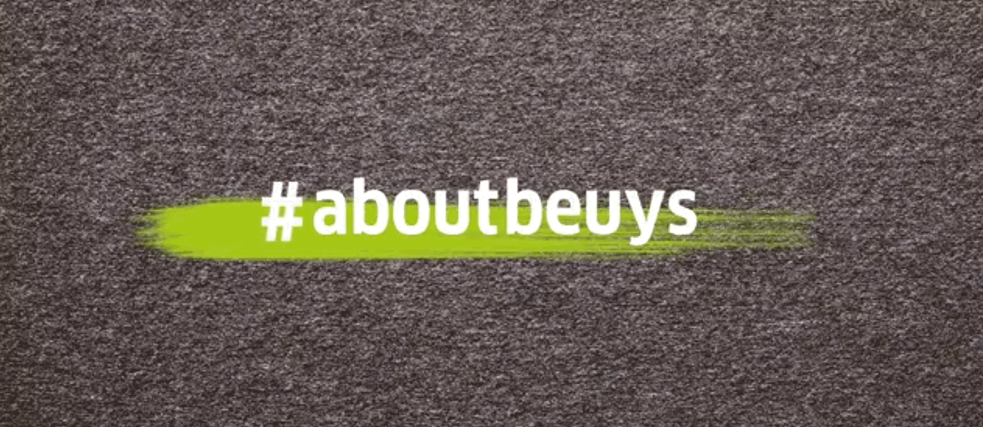Video Series #aboutbeuys
About Beuys

In the video series #aboutbeuys by the Goethe-Institut, artists deal with the heritage of Joseph Beuys. Among them are the American artist with Senegalese and Mauritanian roots Yacine Tilala and Marzia Farhana, an artist from Bangladesh.
By Melda Akbas
If Beuys were alive today and you were in a room with him: What would be your heartfelt topic to discuss with him?
Marzia Farhana: I would like to talk to him about virtual spaces. His art and performances translated into a digitalized world would be extremely exciting.
Yacine Tilala: I would ask him what the meaning of the body is in performance art today. What is our responsibility in performance art to the body and to politics?
Yacine Tilala, can you tell me about your first encounter with Beuys' work?
 Yacine Tilala
| Photo (detail): © Denny Henry
Yacine Tilala: For me, the first encounter took place at university when I was studying Fine Arts at the Corcoran School of Art and Design. One of my professors showed me his work "I like America and America likes me." I was amazed about the level of anonymity he was trying to maintain in the room with this element of the wild. There was something so unpredictable about it. That's what I love about performance art. It was very inspiring to me.
Yacine Tilala
| Photo (detail): © Denny Henry
Yacine Tilala: For me, the first encounter took place at university when I was studying Fine Arts at the Corcoran School of Art and Design. One of my professors showed me his work "I like America and America likes me." I was amazed about the level of anonymity he was trying to maintain in the room with this element of the wild. There was something so unpredictable about it. That's what I love about performance art. It was very inspiring to me.
 Marzia Farhana
| Photo (detail): © Kochi-Muziris Biennale
Marzia Farhana: Art is a political dialogue. When producing work, it automatically has a political effect. I learned through Beuys how to think beyond concrete objects. Since then I consider politics a consequence of the process. For example, this inspired me to work with used materials after the flood in Kerala, India, in 2018. While helping the community I used their discarded materials to apply in my art.
Marzia Farhana
| Photo (detail): © Kochi-Muziris Biennale
Marzia Farhana: Art is a political dialogue. When producing work, it automatically has a political effect. I learned through Beuys how to think beyond concrete objects. Since then I consider politics a consequence of the process. For example, this inspired me to work with used materials after the flood in Kerala, India, in 2018. While helping the community I used their discarded materials to apply in my art.Yacine Tilala: The educational aspect can't be completely neglected, that's true. Beuys regarded the audience as a medium. They become part of his work. I apply this idea to my work. As a black performance artist, I like to challenge the white gaze in my work. One of my particularly sculptural works consisted of a giant spoon strapped to my back and filled with milk. I had to squat for 45 minutes waiting for the audience to drink up the milk to relieve me from the situation.
Marzia Farhana: I remember how Beuys mentioned in an interview how he talked to the trees and how he believed that the trees could call upon higher powers and complain. To me, that was a childish thought. But in doing so, he created a platform not only for people, but also for nature and animals. I think considering the environmental disasters we face, his art of involving the audience is more relevant than ever.
Yacine Tilala: I agree that everyone can be an artist, but not everyone can be a conceptual artist. Why do some people feel the need to make something physical or conceptual? Not every person feels the need to produce something.
Marzia Farhana: Nowadays on social media everyone is a creator. But in the cultural field, there is still a significant distance from the so called ordinary people. Maybe everyone is born an artist, but not everyone has the opportunity to become an artist. We definitely still need to work on that.